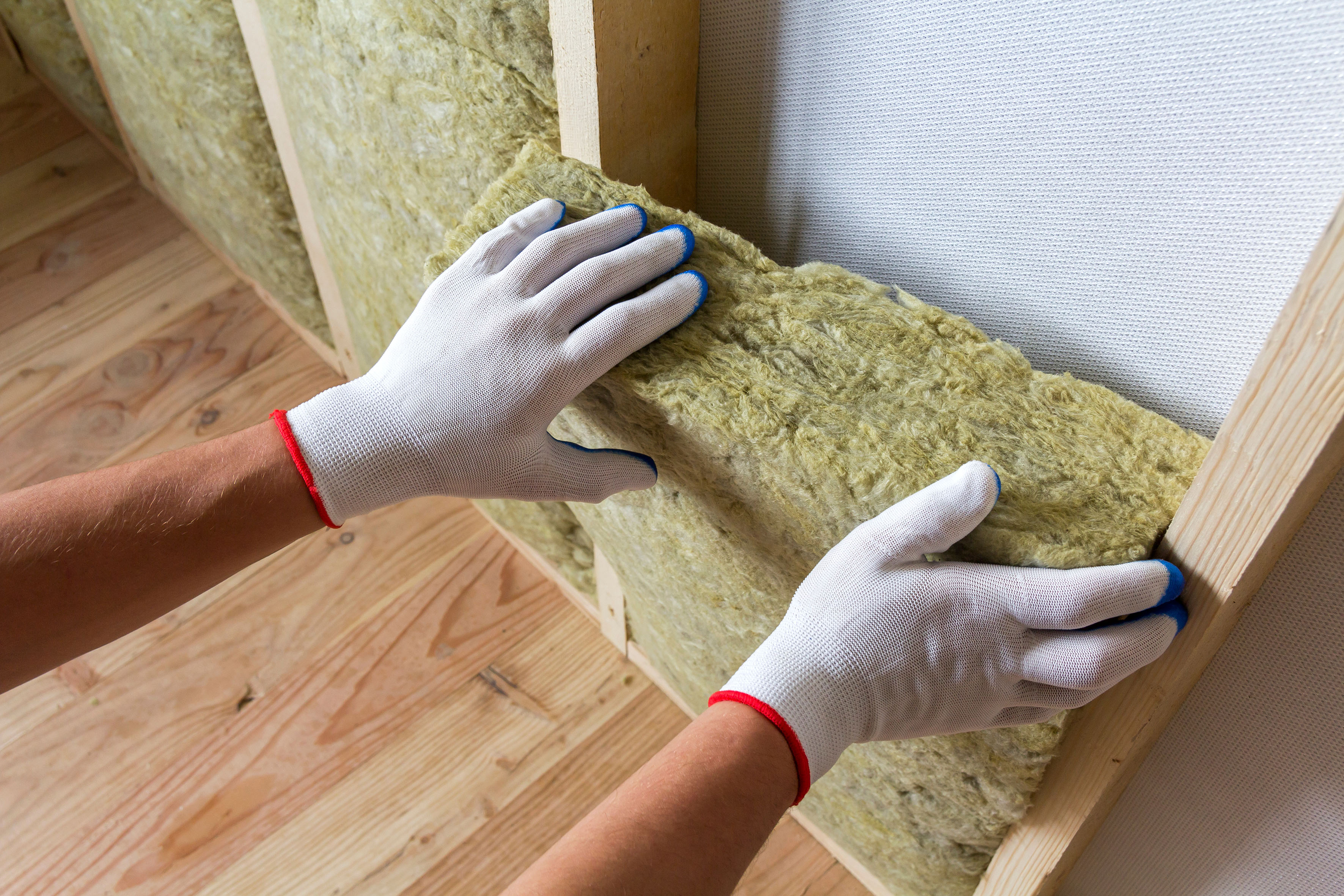Standard of the month – keeping Kiwi homes comfortable and safe with NZS 4246
We all want warmer homes in winter and cooler homes in summer – and to keep our power bills manageable in the process. Insulation installation standards ensure Kiwis reap the full rewards of an insulated home, by ensuring a high-quality, standardised service from their insulation provider.
What is NZS 4246:2016?
Henry Nepia, Manager of Warmer Kiwi Homes, a government grant programme run by EECA (Energy Efficiency and Conservation Authority), explains the standard’s purpose.
‘EECA and insulation providers around New Zealand rely on this standard to ensure insulation products are installed to a consistently high quality, meaning households get the health and wellbeing benefits from a warmer, drier home that they expect and deserve.’
NZS 4246:2016 – Energy efficiency: Installing bulk thermal insulation in residential buildings – is not about products or materials, which can be covered by AS/NZS 4859.1:2018: Thermal insulation materials for buildings(external link).
Rather, it is about the installation practices themselves. Thermal insulation can only perform effectively, and therefore meet various building codes and specifications, and other regulatory requirements, if it is installed correctly.
Incorrect installation can put installers and building occupiers at serious risk, as well as compromise a building’s durability. As such, the standard mandates measures such as on-ground vapour barriers, as well as banning foil insulation or its repair.
Henry says the standard was developed collaboratively with input from insulation manufacturers, distributors, installers, retailers and end-users and BRANZ who agreed on what was required for best practice. ‘The standard is based on science, not opinion,’ he adds. ‘There’s no loss in profit by doing a good job, it’s all gain.’
The standard applies to insulation in roof spaces, under floors and in walls, for new buildings and retrofitting in existing houses. It applies to all types of New Zealand homes, including those with steel or timber-frames, and masonry walls.
“There might be nuances between different manufactured products, but the content and technical requirements in the standards should work for everyone.”
Why an NZ-specific standard?
The Australian standard, which New Zealand relied on prior to 2006, was not fit for purpose.
“Our climate is different to Australia and our colder temperatures mean we need deeper insulation at a minimum 120mm. Insulation ratings are measured in R-values. A higher R-value means more heat is prevented from leaving or entering your home. Therefore, we needed to have a standard specific to the needs of New Zealand’s climate.
In New Zealand, insulation installers do not require a formal qualification. However, the insulation industry has matured significantly over the last 15 years. Now Kiwis have the option of using a professional company who promotes NZS 4246.
Available free to do the right thing
NZS 4246:2016 is cited in the Residential Tenancies Regulations 2019 for healthy homes and smoke and insulation and is a Building Code compliance document for new buildings. It has been sponsored for free access by the building regulator Building Performance and can be downloaded from www.standards.govt.nz(external link).
Other standards this installation standard can be read in conjunction with include:
· AS/NZS 4859.1:2018: Thermal insulation materials for buildings(external link)
· AS/NZS 60695 Fire hazard testing(external link)
· AS/NZS 3000: Electrical installations(external link), known as ‘the Australian and New Zealand Wiring Rules’.

